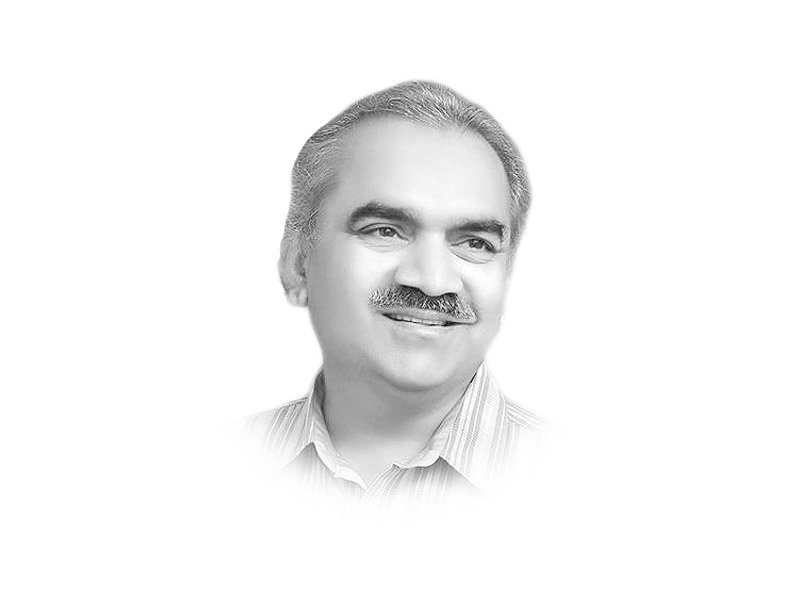
He was a descendant of Haider Shah, who was a follower of Makhdoom Bilawal Samoo. The latter was sentenced to death by being ground into a seed mill by the Arghuns on the alleged charges of heresy, although the real reasons for his execution were political. Thus, born into a family where steadfastness to principles was valued highly, he developed a personality that believed in speaking the truth in the face of power.
G M Syed entered politics in the 1920s when he was still in his teens. The next 75 years of his political life can be divided into four distinct phases depending on his party affiliation and type of politics. In all four phases, he followed his principles and bore the resultant costs. Top of Form
G M Syed joined the Indian National Congress in the 1930s, but left it in 1938 as the legislation, which he wanted to introduce on the transfer of land, the tenancy act, agricultural loans, etc. were not taken seriously by the party. These issues have irked the masses for decades, but for the Congress such issues were merely local problems. He realised that for political parties, the issues faced by people had a lower priority than the issues faced by the party itself. He aired his discontent on this. Sardar Patel and Maulana Azad came to Karachi to convince him to change his mind. But he took a principled stand, and left the Congress. It was beyond imagination, even in those times, to leave the power corridors. But he did it, and set an example.
The same year he joined the All-India Muslim League. He played a pivotal role in popularising the League in Sindh. In 1940, the Lahore Resolution was passed, which talked of establishing independent states comprising autonomous constituent units. In the same spirit, G M Syed was instrumental in getting a supportive resolution passed in the Sindh Assembly in 1943. IBottom of FormBottom of Formn 1946, he left the Muslim League. He disagreed with its manner of awarding provincial party tickets for the 1946 election. He approached Mr Jinnah, but failed to get justice. Finally, he was expelled. He contested against the League’s candidate. It was not easy to defeat G M Syed, but he lost the seat, which many believe was due to ballot rigging.
G M Syed struggled against all undemocratic decisions of the Muslim League, such as taking away Karachi from Sindh, exploitation of natural and economic resources, bleak employment opportunities for the people of Sindh, etc. Later on, all successive governments sharpened his discontent by their exploitative policies. During Ayub Khan’s martial law, the continued imposition of the One Unit and squeezed political space enhanced his vexation regarding the federation. But he found an alternative to reach the people by founding the Bazm-e-Soofia-e-Sindh in 1966. It was the first time that shrines and festivals were used for awareness and education at a wider scale. This bore fruit, but over time, the initiative got diluted and faded away.Bottom of Form
In 1969, G M Syed formed the Sindh United Front. It advocated the segregation of religion from the state’s affairs. From its platform, he argued that Karachi should be part of Sindh because city’s professionals could lead Sindh to be a progressive province. Otherwise, he feared, the majority in the province would become the subjects of feudals. Once again, he lost sympathisers because some nationalists were of the view that instead of Karachi, Hyderabad should be the capital of Sindh. But he never desisted from his rational stand.
G M Syed joined hands with progressive and pro-people politicians and formed the Anti-One Unit Front to campaign for the abolition of the One Unit scheme. While their efforts met with success in 1970, the continuous tyranny and opportunism of politicians compelled him to strive for an independent Sindh. He formed the Jeeay Sindh Mahaz in 1972 which, in one form or the other, is flourishing till today.Bottom of ForBottom of Form
Apart from politics, he was active on other fronts — culture, education and literature. Being a diarist, pamphleteer, biographer, folklorist, and political commentator, he created a great body of literature. Among his works, Paigham-e-Latif (Message of Shah Latif), Jee’an Dittho aa Moon (As I Witnessed), Sindhu Desh Chho Ain Chhalae (Sindhu Desh: A Study in its Separate Identity Through the Ages), and Janab Guzarim Jin See (With Whom I Spent My Times) have become classics, and remain in print till today.
Like all great men, he was deliberately made controversial by successive establishments and the clergy. Two of Sindh’s politicians, Z A Bhutto and G M Syed, set high standards in politics. One went to the gallows, and the other didn’t bow before bigotry and opportunists. The latter desired to be hanged for his opinions. He was not even brought before a court for prosecution. However, Bhutto ended life as a happy hero. G M Syed, however, couldn’t see his vision become reality. He remained imprisoned for 30 years and breathed his last on April 25, 1995 in the captivity of the democratic government of Benazir Bhutto. G M Syed is, indeed, a tragic hero of Sindh’s saga.
Published in The Express Tribune, January 19th, 2015.
Like Opinion & Editorial on Facebook, follow @ETOpEd on Twitter to receive all updates on all our daily pieces.


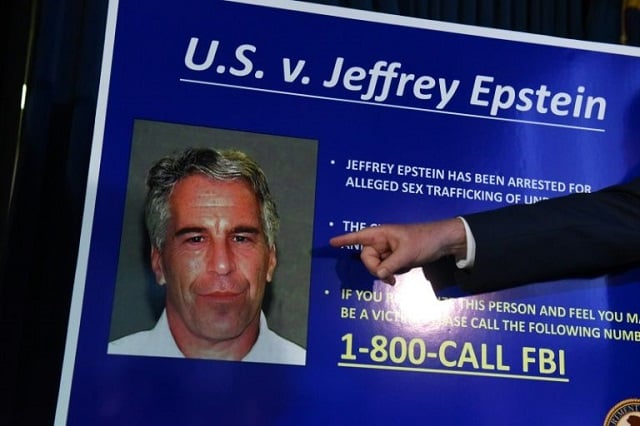


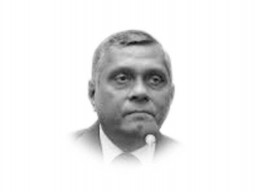



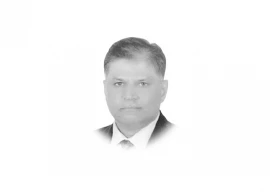
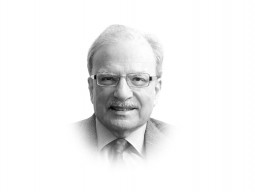
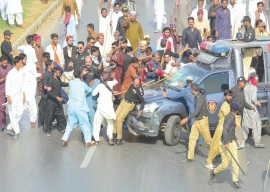
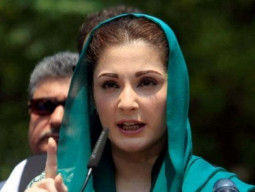

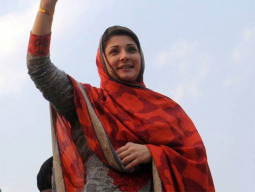



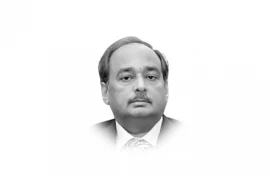
COMMENTS
Comments are moderated and generally will be posted if they are on-topic and not abusive.
For more information, please see our Comments FAQ